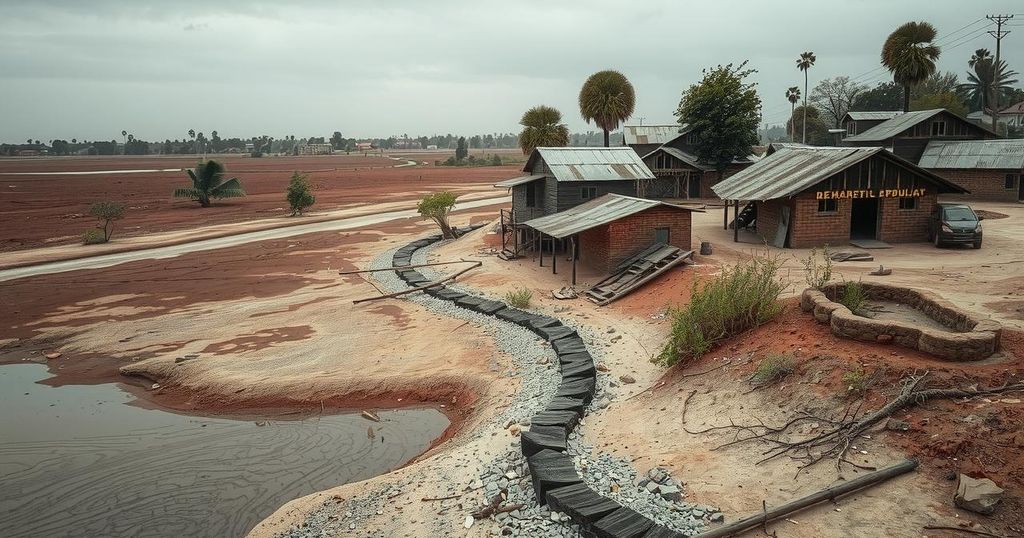World news
AFRICA, ANITA ZAIDI, CONGO (KINSHASA), DEMOCRATIC REPUBLIC OF CONGO, DISPLACEMENT, DRC, ENTERIC AND DIARRHEAL DISEASES, GATES FOUNDATION, GOMA, HUMANITARIAN, INTERNALLY DISPLACED PERSONS (IDPS, LAKE KIVU, MU, NATURAL DISASTERS, NORTH KIVU, PUBLIC HEALTH, SOUTH KIVU, TANGANYIKA, UNITED NATIONS, VERT, WHO, WORLD HEALTH ORGANIZATION
Lena Nguyen
0 Comments
Cholera Outbreak in the DRC: A Public Health Crisis Unveiled
- The DRC is experiencing a severe cholera outbreak, particularly in Tanganyika.
- As of early June, over 29,000 cases and 620 deaths have been reported nationwide.
- Children under five are suffering disproportionately from cholera-related deaths.
- A lack of clean water and sanitation fuels the cholera crisis in affected regions.
- Experts call for dedicated responses to improve child health and prevent cholera.
Outbreak Escalation in the DRC’s Southern Province
The recent cholera outbreak in the Democratic Republic of Congo (DRC) is drawing attention on a global scale. In fact, the United Nations reported an alarming situation, especially in the southern province of Tanganyika. As of early April 2025, a staggering nine out of eleven health zones within Tanganyika were affected, with confirmed cases soaring to over 1,450 and 27 reported deaths. This situation marks a significant increase compared to the previous year’s figures, reflecting the urgent health crisis that is unfolding.
Children Most Affected by Cholera Crisis
By June, the cholera outbreak had expanded nationwide, with the World Health Organization (WHO) providing alarming updates on the spread of the disease. More than 29,000 suspected cases were reported, resulting in 620 deaths. A troubling trend stands out: children, particularly those under five years old, have been notably impacted, suffering and dying at alarming rates due to factors like malnutrition and the lack of access to clean water. Photo and social media campaigns from organizations like WHO illustrate the scale of necessary interventions, as they mobilize resources and personnel to combat the worsening situation.
Socioeconomic Factors Contributing to Outbreak
The roots of the cholera problem in the DRC are complex and intertwined with longstanding socioeconomic issues such as poverty and conflict. Dr. Anita Zaidi from the Gates Foundation emphasized that the persistence of cholera is tied less to the bacterium itself and more to the struggles of daily life in eastern DRC, where infrastructure has largely disintegrated. Areas like Tanganyika and neighboring provinces, scarred by violence and displacement, create perfect conditions for cholera to thrive, with many communities relying on dangerously contaminated water sources. A study conducted in Goma highlighted that less than 20% of residents in affected regions have access to safe drinking water, which only compounds the effect of limited healthcare access.
The cholera outbreak in the Democratic Republic of Congo is a glaring public health crisis and a humanitarian failure, rooted in deep-seated issues such as poverty and conflict. With 2030 on the horizon, stakeholders must invest in child-specific interventions and sustainable infrastructure to tackle this ongoing disaster. The efforts of organizations, while significant, must be complemented by community-focused strategies to effectively combat cholera’s devastating grip on vulnerable populations.




Post Comment